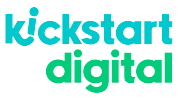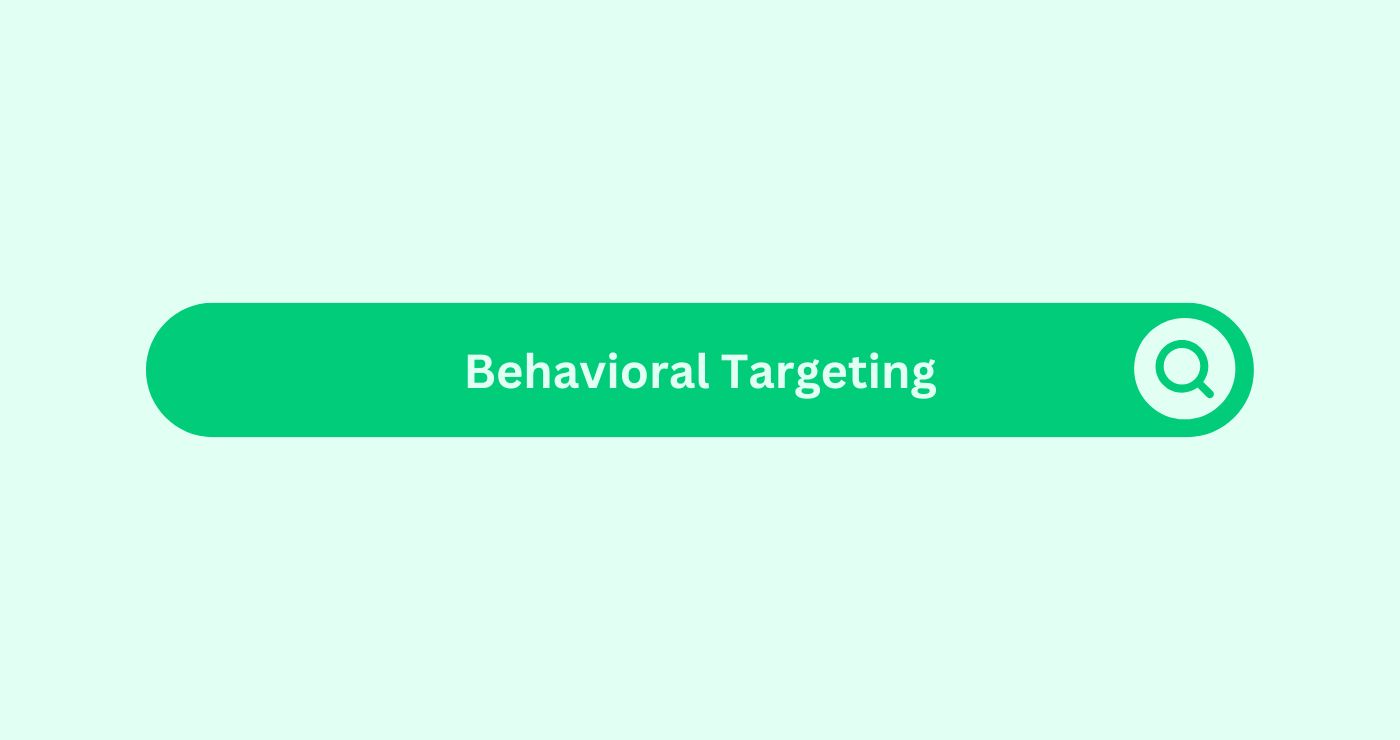Definition
Understanding Behavioural Targeting in AI Content MarketingDefinition Content marketing strategically creates and share...: Behavioural targeting in AI content marketingDefinition Content marketing strategically creates and share... is all about getting to know your audienceDefinition The term "Audience" refers to the group of indivi... on a deeper level. Instead of relying solely on what users say they want, it examines their actual online behaviour. Like search patterns, browsing history, clicks, and engagementDefinition Engagement in content marketing refers to the deg... rates. This way, AI can serve up highly personalised and relevant content that meets users’ needs right when they need it.
How it works
A digital marketing agency in Auckland harnesses the power of behavioural targeting to craft adaptive contentDefinition Digital assets, like images, videos, and articles... journeys. For instance Auckland SEO experts apply AI-driven targeting to segment users searching “local SEODefinition Local SEO in social media marketing boosts online... tips” from those browsing “enterprise SEO packages.” By tailoring content to each segment, they increase engagementDefinition Engagement in content marketing refers to the deg..., boost dwell time, and drive conversions. Performance marketing agencies rely on this intelligence to allocate ad budgets more efficiently and reduce bounce rates while enhancing customer retention.
Use Case Example
Let’s say a performance marketing agency in Auckland is running a content campaignDefinition An SEO campaign involves focused, Organised effor... for a fitness app. Using Behavioural Targeting, the AI system tracks user interactions—such as how long they stay on “yoga content,” what time they open emails, or whether they download diet plans.
AI automatically serves content based on user intent: someone interested in morning yoga routines receives video suggestions, while another user engaging with weight-loss plans gets diet-related blogs. This precise targeting increases the click-through rate and ensures a tailored content experience, resulting in higher user satisfaction and conversions.
Easy Calculations and Formula Examples
| Metric | Without Targeting | With AI Targeting | Performance Change |
|---|---|---|---|
| Average CTR | 2.1% | 4.7% | +123.8% |
| Bounce RateDefinition Bounce Rate in social media marketing refers to t... | 58% | 33% | -43.1% |
| Personalised Content EngagementDefinition Engagement in content marketing refers to the deg... | 40% | 85% | +112.5% |
| LeadDefinition A Lead in the context of SEO refers to a potentia... Conversion RateDefinition Conversion Rate in the SEO space refers to the pe... | 1.5% | 3.2% | +113.3% |
| Ad Spend Efficiency | $0.55/lead | $0.33/lead | +40% cost-saving |
A SEO company that implements AI-powered Behavioural Targeting sees a significant lift in performance across all major metricsWhat are Metrics in the context of SEO? Metrics in SEO refer..., allowing them to attract more leads at a lower cost.
Key Takeaways
- Behavioural Targeting in AI analyses real-time user behaviourDefinition What is User Behaviour in Social Media Marketing?... for content personalisationDefinition Content Personalisation is a strategic approach t....
- It enables digital marketing agencies to serve content based on user intent and activity.
- Performance marketing agencies use it to increase ROI by targeting users more precisely.
- It lowers bounce rates by delivering relevant experiences across user touchpoints.
- SEO companies in Auckland can drive better trafficDefinition In the context of SEO (Search Engine Optimisation... quality and leadDefinition A Lead in the context of SEO refers to a potentia... conversions using targeting insights.
FAQs
What is Behavioural Targeting in content marketing?
It is the use of AI to analyse user behaviourDefinition What is User Behaviour in Social Media Marketing?... and deliver personalised content based on that behaviour.
How does it help digital marketing agencies?
It improves content relevanceDefinition In SEO, relevance refers to the degree to which a..., increases user engagementDefinition Engagement in content marketing refers to the deg..., and enhances conversionDefinition In the realm of SEO, Conversion refers to the pro... rates by tailoring experiences to user interests.
Can small businesses use Behavioural Targeting?
Yes. Even small SEO companies can benefit by using AI tools to personalise blog content, product pages, and ads.
What’s the difference between demographic and behavioural targeting?
Demographic targetingDefinition Demographic Targeting in AI Terms in Content Mark... focuses on age or location; behavioural targeting focuses on user actions and preferences.
Is Behavioural Targeting only useful for ads?
No. It’s widely used in SEO, email marketingDefinition Email marketing utilises emails to promote produc..., content strategyDefinition Content strategy involves planning, creating, pub..., and user experience optimisation.




